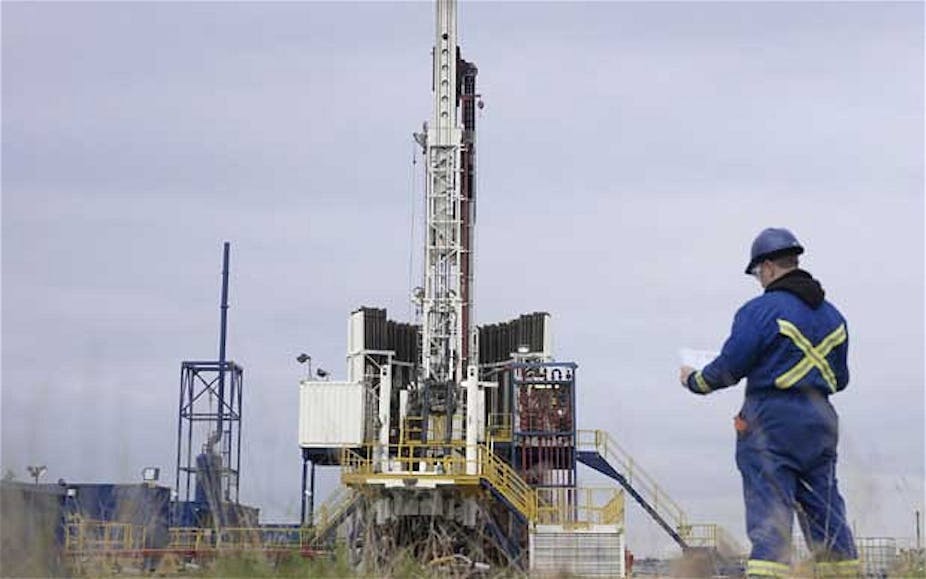Energy and Climate Change Secretary, Ed Davey, reignited the row over fracking this week, when he insisted this method of extracting shale gas was no “great evil” and could act as a bridge to a “green future” in the UK so long as it was properly regulated.
The UK is thought to have significant reserves of shale gas which the government has encouraged the industry to exploit as the gas reserves from the North Sea decline.
Hydraulic fracturing, or fracking, is not new. It has been used to improve the permeability of rock around a well for many years in gas reservoirs where rocks are relatively impermeable. Fracking for shale gas differs only in scale, in that as the fractures are the only pathways for gas to move through the formation to the well, so they must be much more extensive.
This is done by injecting a watery brine of chemicals and sand under high pressure into the rock to create fractures along the length of long horizontally-drilled wells off the main well. These are well-established techniques, but they are used more extensively when tackling shale gas reserves.
What are the risks? Public concern has been raised by the two earthquakes in Blackpool and by health scare stories from the US where there has been evidence of water supply contamination and burning tapwater.
Fracking by its nature breaks the rock, and this creates seismic events. However, extensive monitoring and experience from the US in particular has shown that the fracking is unlikely to lead to harmful seismicity. The Royal Society and Royal Academy of Engineering investigated these risks and concluded that there was no risk from seismicity associated with fracking from suitably located wells in the UK. The Blackpool earthquakes were at the upper end of the range of expected seismicity, caused no harm, and were due to fracking wells close to an existing fault.
The second issue that causes alarm is the risk of pollution. The additives used to help the injection of the sand laden fracking fluids include hazardous substances. When the fracking is completed these fluids flow back under pressure to the surface via the well along with methane from the formation. Pollution has occurred when these fluids and methane have found their way into the drinking water aquifer (the layer of water-bearing permeable rock). US regulations do not require details of the commercial fracking fluid to be disclosed and the control of well completion is less rigorous than EU and UK requirements, and this has made it difficult to identify and control the pollution risks. The main way the fluids can directly pollute the aquifer is if the main well casings fail allowing seepage into the aquifer. But in the UK, the construction of these wells is tightly regulated and associated risks can therefore be managed.
Recent EU reports on the risks of exploiting shale gas across Europe identify the environmental risks, but conclude that these would be better managed by existing EU regulations than has been the case in the US. Guidelines in the Royal Society report identify a number of measures to ensure that wells are suitably sited, and propose monitoring requirements to spot any issues early and prevent water supply contamination.
Is it worth it? In the US, shale gas has replaced oil and coal with significant reductions in greenhouse gas emissions and has significantly reduced gas prices. In the UK, we are replacing depleted supplies of North Sea gas. There is no direct benefit in terms of green house gas emissions and it remains to be seen what the economic costs are, but if we do not take advantage of this energy resource, we face an even more uncertain energy supply over the coming years.
There are of course reasons why one might not like a gas production platform in your backyard, but the risks of it leading to methane in your tap water or to earthquakes are minimal.

